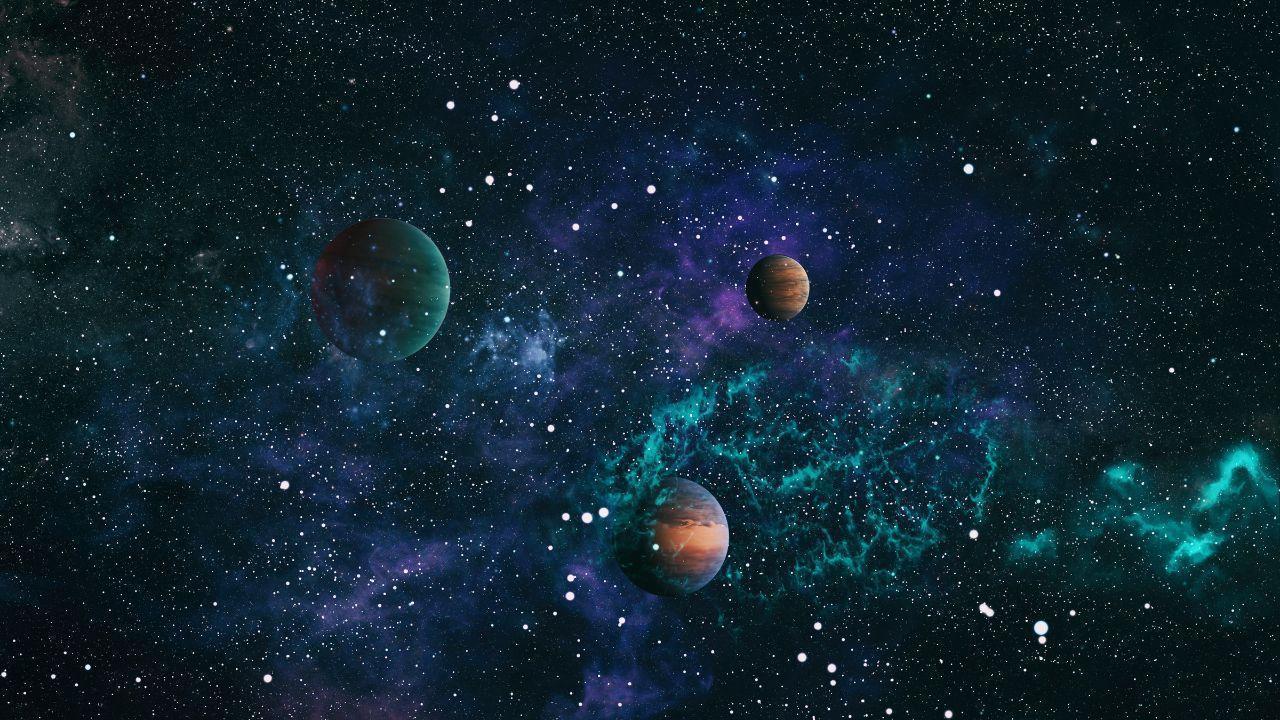
Post by : Vansh
The universe is a magnificent canvas, constantly evolving with fiery births, dramatic deaths, and breathtaking transformations. From the silent collapse of dying stars to the spectacular rise of galaxies, the lifecycle of the universe is an ongoing cosmic ballet that has been unfolding for over 13.8 billion years. Understanding this grand cycle helps us grasp not just where we come from, but also where we—and the cosmos—might be headed.
The story begins with the Big Bang, a colossal explosion that marked the birth of space, time, and all known matter. Around 13.8 billion years ago, the universe began expanding from an extremely hot and dense state. In the first few seconds, elementary particles formed. As the universe cooled, protons and neutrons bonded to create the first atomic nuclei—primarily hydrogen and helium.
The early universe was a dark, featureless expanse. It wasn’t until roughly 380,000 years after the Big Bang that light could travel freely, leading to what we now detect as the Cosmic Microwave Background Radiation—a faint echo of the universe’s fiery beginning.
Over millions of years, gravity began pulling together clouds of hydrogen and helium gas. These dense pockets of gas eventually collapsed under their own weight, heating up until nuclear fusion ignited, forming the first stars.
These ancient stars—many of them much more massive than our Sun—were the universe’s first light sources. Their intense radiation began to reionize the surrounding hydrogen, marking the end of the cosmic dark ages.
Clusters of these early stars formed the first galaxies, vast systems containing billions of stars bound by gravity. These galaxies grew over time through collisions and mergers, creating the large spiral and elliptical galaxies we observe today.
Stars are the engines of the universe, and their life cycles are determined largely by their mass. Our Sun, a medium-sized star, will live for about 10 billion years. It currently sits in the stable, energy-producing phase known as the main sequence.
Eventually, as stars exhaust their hydrogen fuel, they expand into red giants. For smaller stars like the Sun, this phase ends in the gentle shedding of outer layers, leaving behind a glowing white dwarf. Larger stars, however, die more violently. When a massive star runs out of fuel, it collapses and explodes in a supernova, a cataclysmic event that scatters elements across space.
These supernovae are responsible for creating heavier elements like carbon, oxygen, and iron—materials essential for life and planets. In fact, every atom in your body heavier than hydrogen was forged in the heart of a star.
Some stars don’t just fade away. If a star is massive enough, its core collapses into a neutron star—an incredibly dense object composed mostly of neutrons. If it’s even more massive, the core becomes a black hole, a region of space with gravity so intense that not even light can escape.
These remnants play crucial roles in shaping galaxies. Black holes, especially the supermassive black holes found at the centers of galaxies, influence the formation and motion of stars. Galaxies like our own Milky Way revolve around such invisible giants.
Meanwhile, the elements scattered by supernovae enrich the interstellar medium, providing the raw material for new stars and planets. This galactic recycling continues endlessly, as old stars die and new ones are born.
This article is intended for educational and informational purposes only. It is based on current scientific theories, research, and astronomical observations, which are subject to ongoing updates and revisions. Readers are encouraged to explore further sources for a deeper understanding. This content has been published by MiddleEastBulletin and does not constitute definitive scientific advice or conclusions.










Pageau's Overtime Goal Propels Islanders to 4-3 Victory Over Golden Knights
In a thrilling overtime finish, Jean-Gabriel Pageau leads the Islanders past the Golden Knights 4-3,

MLB Awards: deGrom and Acuna Jr. Shine as Comeback Players
Jacob deGrom and Ronald Acuna Jr. celebrated MLB Comeback Player Awards, alongside Ohtani and Judge

Portugal Confronts Ireland in Pivotal World Cup Qualifier
Portugal, led by Cristiano Ronaldo, faces Ireland in a vital Group F World Cup qualifier that could

Haaland's Brilliance Leads Norway to 4-1 Victory Against Estonia
Erling Haaland showcases leadership as Norway crushes Estonia 4-1, boosting their World Cup ambition

Hawks Triumph Over Jazz; Suns and Raptors Secure Victories
Hawks' Onyeka Okongwu and Jalen Johnson lead in a thrilling win against Jazz; Suns and Raptors also

Indian Men's Recurve Team Clinches First Asian Gold in Nearly Two Decades
The Indian men's recurve team triumphed over South Korea, securing their first Asian gold in 18 year